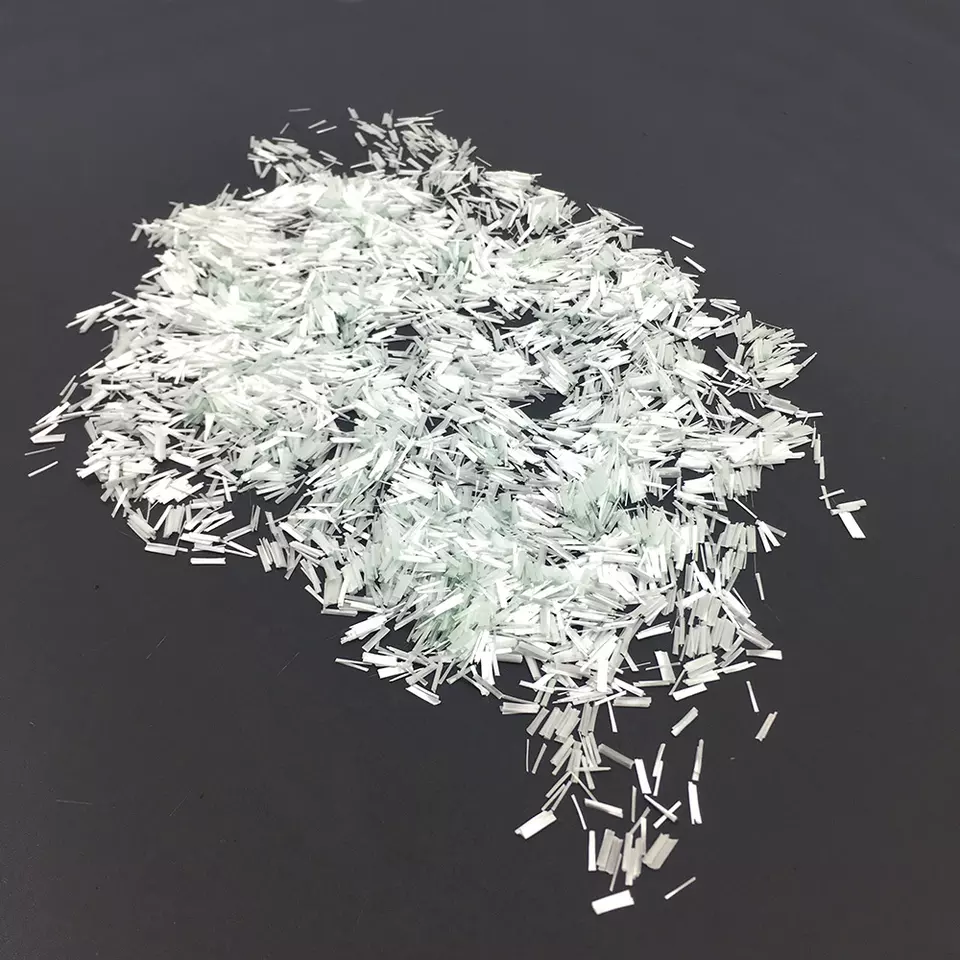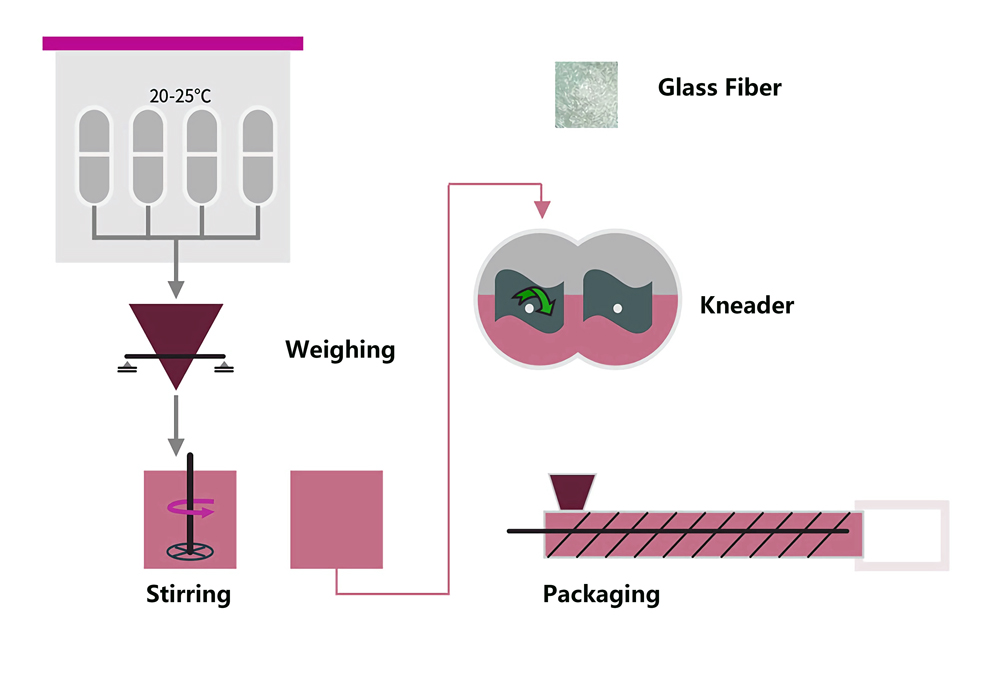
Specialize in Compression molds

Specialize in Compression molds
Bulk Molding Compound (BMC) is a polyester resin molding compound made by premixing method. The premix consists of unsaturated polyester resin, inorganic mineral fillers, short-cut glass fibers, initiators, pigments and lubricants. The length of the glass fiber affects the processing performance of the molded material and the final performance of the product, the general length of the glass fiber is 1.3 ~ 1.6cm, the longest 3.0cm. too short product strength is low, and too long is not conducive to uniform dispersion, but also affect the processing fluidity.

| Polyester resin | 20% ~ 35% |
| Inorganic mineral filler | 45% ~ 55% |
| Emitter, pigment | 2% ~ 3% |
| Lubricant | 0.5% ~ 2% |
| Short-cut glass fiber | 10% ~ 25% |
Compared with sheet molding compound, the reinforcing material used is more extensive, the fiber length used is shorter (6~25mm), the content is lower (15% -25%), the filler content is higher, the physical and mechanical properties are slightly lower, the molding process performance and product appearance quality is better, suitable for molding a variety of complex structure but the size of functional parts.
The basic composition of bulk molding compounds contains resins, low shrinkage additives, reinforcements, fillers, initiators, chemical thickeners, internal mold release agents, colorants, etc. The following is a list of general-purpose DMCs, which can be used in the molding process. Common formulations for general purpose DMC, low shrinkage DMC and BMC are listed below. There are also many special types of formulations for different application conditions and requirements, such as arc resistant, fast curing, high impact, heat resistant, water resistant, corrosion resistant, hot mix, high fluidity and inexpensive, etc.
| Mass content/% | Component |
| Vinyl toluene polyester resin | 30 |
| Elicitor paste (50% BPO) | 0. 48 |
| Zinc stearate | 1 |
| Flotation asbestos(7TF -1) | 7 |
| Calcium carbonate, kaolin | 47 |
| Glass fiber or sisal (6. 4mm) | 15 |
| Mass content/% | Components |
| Polyester resin | 19 |
| Low shrinkage modified resin | 13 |
| Tert-butyl perbenzoate | 0.32 |
| Calcium carbonate | 47 |
| Flotation asbestos | 5.7 |
| Internal mold release agent (phosphate ester type) | 0.3 |
| Glass fiber or sisal (6.4m) | 15 |
| Mass content/% | Component |
| Polyester resin | 18 |
| Low shrinkage modified resin | 7 |
| Tert-butyl perbenzoate | 0.25 |
| Zinc stearate | 1 |
| Magnesium oxide | 1 |
| Flotation asbestos(7TF-1) | 5 |
| Calcium carbonate | 48 |
| Fine powdered polyethylene | 5 |
| Glass fiber(6.4mm) | 15 |
The production method of BMC can be divided into two types of batch-mixing method and continuous method according to the characteristics of the production process. The batch mud method is more economical and easy to achieve the turnover of BMC varieties, so it is more widely used. According to the different materials and manufacturing methods used, the production method of BMC can be divided into solvent-free batch mixing method and solvent-free pre-impregnation method.
In the solvent-free batch mixing method, liquid pure resin is used and the mixing process of the components is carried out in a spiral type dyed leaf kneader. The resulting BMC requires no further treatment, but can usually be extruded into rods or pellets to facilitate the molding operation.
In the solvent-free prepreg method, the untwisted roving is pre-impregnated with a solvent-free liquid resin and then cut and pressed into a dense, soft compound by a cutter.
In solvent-containing batch blending and prepreg methods, the resins used are solid resins with volatile solvents, such as alkyd resins, DAP (prepolymer), phenolic resins or silicone resins. The role of the solvent is to enable the solid resin to impregnate the glass fiber and other components, but the solvent needs to be removed by heating after mixing or impregnation. BMC made by this method is relatively hard and not easy to operate in the molding machine.
The mixing procedure for bulk molding compounds is to first mix the resin, pigments, initiator and possibly some fillers, and then add the remaining fillers and reinforcements. Before the reinforcing material is added, the mixing time should not be too long and the mixing intensity should not be too large. And when the glass fiber is added, the mixing time is limited to meet its uniform distribution in the system.

With the help of MDC BMC moulding technology, complex composite components can be created faster, cheaper and at higher performance levels. Additionally, replacing metal components with lightweight chopped fiber compression-molded BMC parts can reduce weight by more than 40 percent over aluminum parts. To help ensure your success, MDC turnkey design and manufacturing services include mold design, part structure optimization, and more. Our MDC Compression Technology team provides the details you need to get started and succeed. Now, replace metal components with BMC today and save more than 40% in weight.
Contact US
Email: master@zjmdc.com
Tel: +86 576 84616076
Fax: +86 576 84616079
Mobile: +86 13906573507(Mr. Wang)
Address: No.116 mochuang road, Huangyan Xinqian street,Taizhou,Zhejiang,China